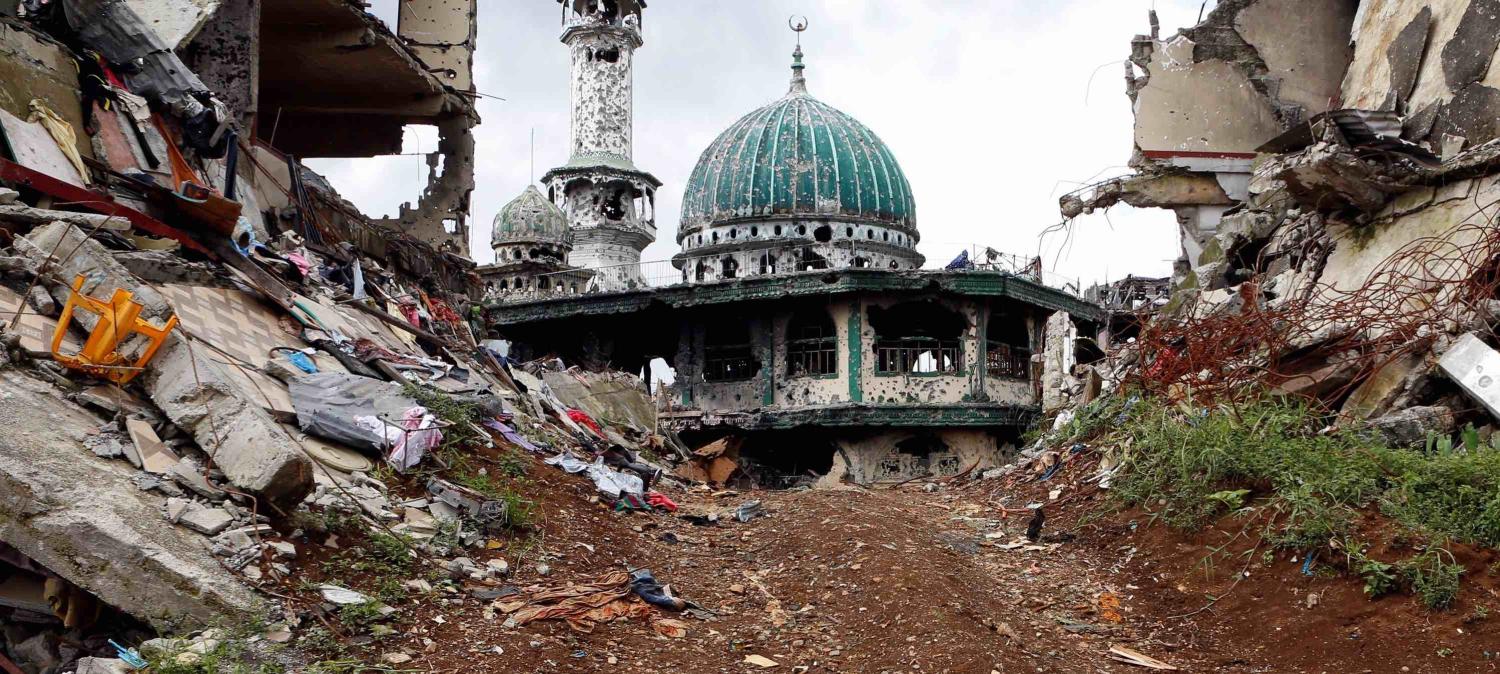Unfortunately for the Philippines, the country has a lot of experience rebuilding major urban areas after catastrophic natural disasters or man-made destruction.
In 2013, Zamboanga City in Mindanao suffered widespread damage during a 20-day siege, and later Tacloban City was devastated by Super Typhoon Yolanda. Both of these rebuilding projects began under the Aquino administration and have been roundly criticised for taking too long and for not considering the concerns of local evacuees.
Then there is Marawi, and the daunting challenge of rebuilding the city following the long siege last year by ISIS-inspired fighters. The Duterte administration has promised that the “Yolanda experience” will not be repeated in Marawi.
Rebuilding Marawi, and balancing the contradictory urges for speed and top-down planning with concern in the community and demands for local control, will be a much bigger challenge. Unlike those in Tacloban City, many Marawi residents and evacuees blame the Philippine state, particularly the Armed Forces of the Philippines, for the destruction of their homes and much of the city during the five-month siege in 2017.
Many of the local Maranao community that make up the majority of Marawi City’s population were already alienated from “Imperial (and Christian) Manila”, and the Maute Group that led the terrorist siege were members of the politically influential Maute clan. It is feared that the rebuilding of Marawi may aggravate Maranao alienation from the Philippine state, and increase the susceptibility of some of those affected to terrorist propaganda.
Six months after Marawi was liberated, the early signs are mixed. The national government’s Task Force Bangon Marawi appears to be more focused on speed, top-down planning, and government infrastructure than on community concerns of the Maranao, or the private concerns of evacuees seeking to rebuild their destroyed homes:
- The Task Force has selected a consortium led by a Chinese state-owned construction firm to build a “new Marawi” from the rubble of the most affected area.
- The schedule for rebuilding in this area will begin with the removal of rubble and reconstruction of government buildings.
- The head of the Task Force is reported to have recommended that all structures in the most affected area, including the city’s main mosque, be flattened and rebuilt.
- There is still no announced timetable or compensation scheme for evacuees wanting to rebuild their homes in the most affected area.
- There are plans for a second military base in Marawi City.
- Task Force spokespeople have condemned local critics, in one instance equating them with the terrorists behind the siege.
For all this work, the task of rebuilding the city is far from complete. Rehabilitating Marawi requires more than constructing a new and modern Marawi, which many locals may not even want.
The real challenge is building new and hopefully better relationships between the Maranao community, the Armed Forces of the Philippines, and the national government.

